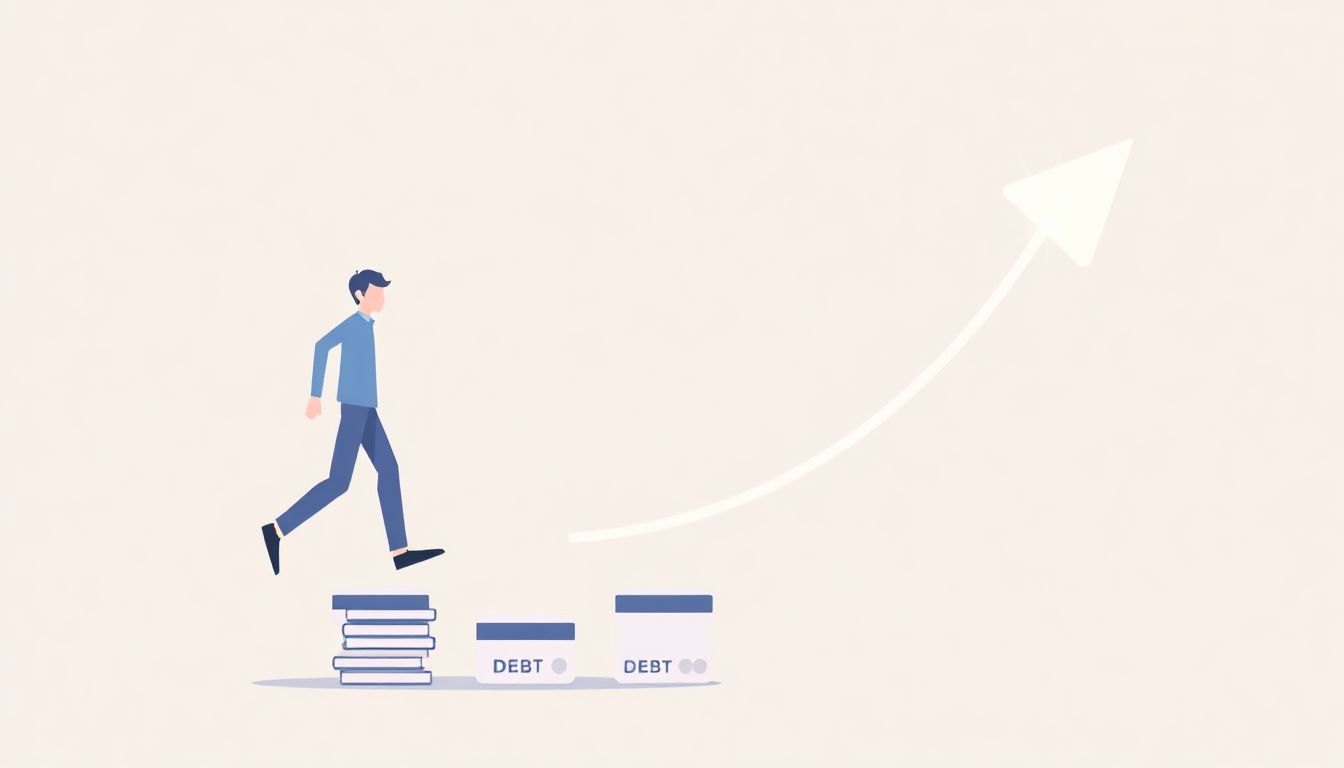
Introduction
Imagine waking up each day with more control over your time. A life where work is optional, filled with passions, travel, or quiet moments. Many people dream of early retirement but assume it’s only for the wealthy or those with high-paying careers.
The good news: early retirement is possible for average earners, especially with index fund investing. Index funds simplify investing, allowing your money to grow steadily over time. You don’t need to be a financial expert or have a huge salary to start. This guide explains how to use index funds to work toward early retirement goals.
Understanding Index Funds
What Is an Index Fund?
An index fund is a type of investment that mirrors a market index, such as the S&P 500. Think of it as a basket of stocks or bonds that reflects the performance of a large portion of the market. Unlike actively managed funds, index funds aim to match the index rather than beat it. This approach reduces complexity and often lowers costs.
Why Index Funds Are Ideal for Early Retirement
-
Low fees: Index funds generally charge lower fees than actively managed funds, keeping more of your money invested.
-
Diversification: Your investment is spread across many companies or assets, reducing risk.
-
Simplicity: They are easy to understand and manage, making them suitable for beginner investors.
-
Long-term growth: Historically, broad market indexes like the S&P 500 have averaged around 10% annual returns over decades.
Types of Index Funds
-
Broad market funds: Cover thousands of companies for wide exposure.
-
S&P 500 funds: Focus on large U.S. companies.
-
International funds: Include companies outside the U.S.
-
Bond funds: Offer stability and income, useful as you approach retirement.
The Power of Compounding
Start Early, Benefit More
Compounding occurs when your earnings generate additional returns. The earlier you start, the more time your investments have to grow. For example, $10,000 invested at age 25 could grow far more than the same amount invested at age 35, even with identical returns.
Consistent Contributions
Regularly adding money to your investments accelerates growth. Dollar-cost averaging—buying more shares when prices are low and fewer when high—smooths out fluctuations. Automating contributions ensures you invest consistently without thinking about it.
Determining Your Early Retirement “Number”
Understanding how much you need is essential. Many use the 4% rule, which suggests you can withdraw 4% of your savings per year in retirement.
-
Example: If your annual expenses are $40,000, you’d aim to save $1 million ($40,000 ÷ 0.04).
-
Having a clear target helps guide your saving and investing efforts.
Strategies to Accelerate Your Early Retirement
Maximize Your Savings Rate
Your savings rate—the percentage of income you save—is one of the fastest ways to retire early. Strategies include:
-
Creating a detailed budget
-
Cutting unnecessary expenses
-
Automating savings transfers
-
Targeting a savings rate of 20–50% or more, depending on your goals
Invest in Low-Cost Index Funds
Prioritize funds with minimal fees (expense ratios). Even small differences in fees can add up over decades. Consider broad-market or S&P 500 index funds offered by major brokerage firms.
Use Tax-Advantaged Accounts
Accounts like 401(k)s, IRAs, and HSAs offer tax benefits. Roth accounts allow for tax-free withdrawals in retirement. Be aware of contribution limits and withdrawal rules.
Reinvest Dividends
Many index funds pay dividends. Reinvesting these dividends buys more shares, boosting compounding and long-term growth.
Key Considerations for Early Retirement
Healthcare Before Medicare
Plan for healthcare costs before age 65. Options include:
-
COBRA coverage
-
Affordable Care Act marketplace plans
-
Private insurance plans
Withdrawal Strategies
Develop a plan to manage funds throughout retirement. Techniques like the “cash bucket” approach or bond ladders can help maintain financial security. Monitor spending and adjust for market fluctuations.
Lifestyle Planning
Early retirees may face changing expenses, such as travel or hobbies. Track your spending and plan your lifestyle to avoid overspending.
Real-World Insights
Case Studies
The FIRE (Financial Independence, Retire Early) community demonstrates that early retirement is achievable through disciplined saving and investing in index funds. Many started with average incomes and built wealth by living below their means.
Expert Opinions
John Bogle, founder of Vanguard, promoted low-cost index fund investing as the most effective way for individual investors to capture market returns. Modern financial experts also support the simplicity and diversification that index funds provide.
Conclusion
Early retirement through index fund investing is realistic for many people. Key takeaways:
-
Index funds offer low-cost, diversified, and simple investing.
-
Start early and invest consistently to leverage compounding.
-
Maximize savings, use tax-advantaged accounts, and plan withdrawals carefully.
Begin by exploring index funds that align with your goals. Set clear early retirement targets and automate your investing. Every step you take today brings you closer to the life of financial freedom you envision.
Disclaimer: This article is for informational purposes only and does not constitute financial advice. Investing involves risk, including the potential loss of principal. Past performance is not indicative of future results. Consider consulting a licensed financial professional before making investment decisions.



dhx94p